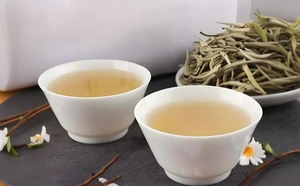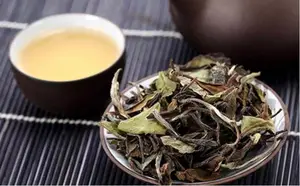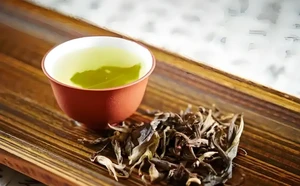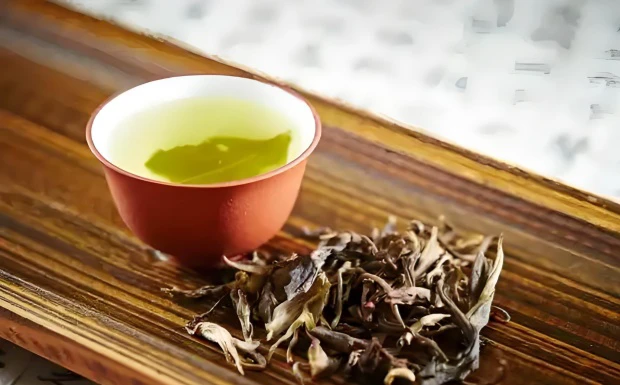

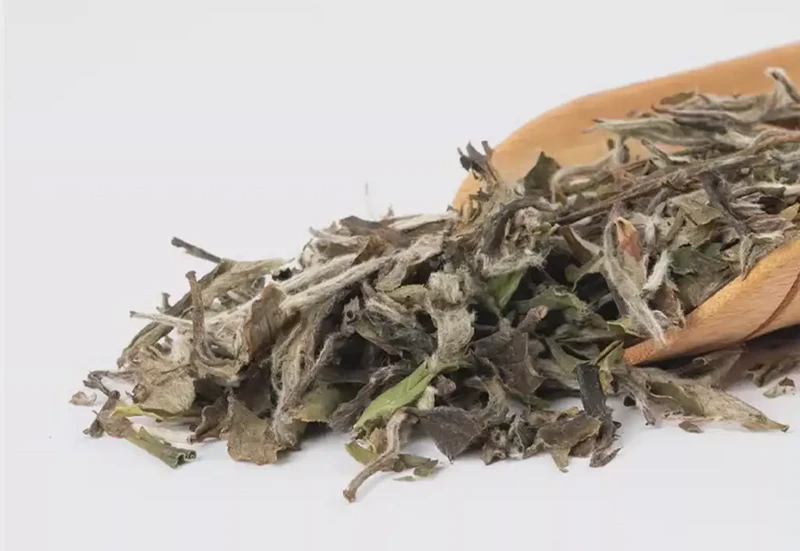
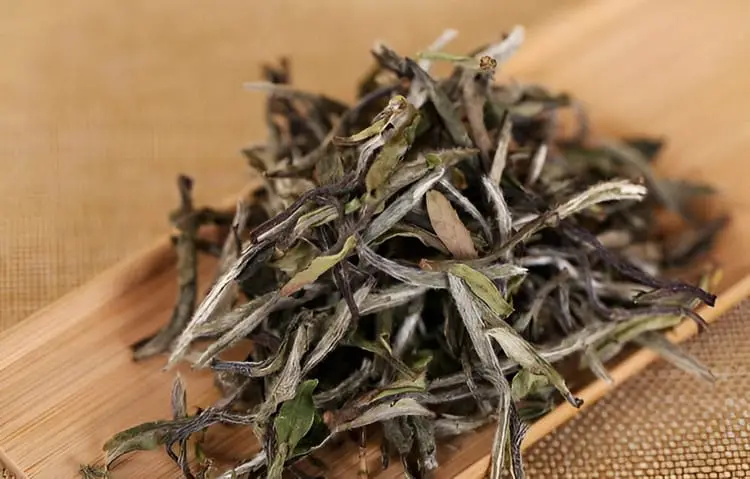

Gong Mei (Tribute Eyebrow)
Origin
Fujian
Category
White Tea
Harvest Time
Spring & Summer
Processing
Withering & Drying
Description
Gong Mei, meaning 'Tribute Eyebrow,' is a traditional Chinese white tea from Fujian Province. Made from older leaves and stems of the Da Bai Cha or Shui Xian cultivars, it offers a fuller body, richer flavor, and a slightly earthier profile compared to Silver Needle or White Peony, yet retains the gentle, nuanced qualities of white tea.
